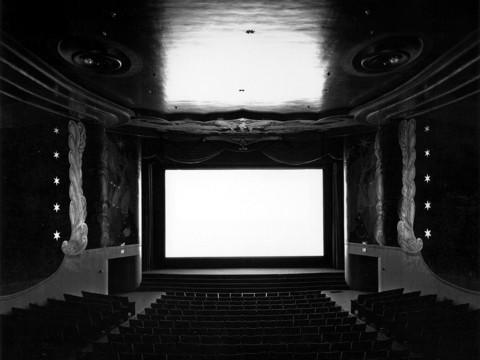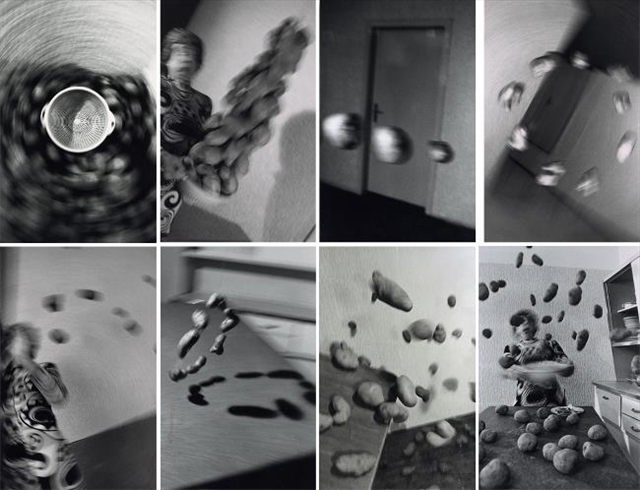
For years photographers have developed newer more innovative ways to expand their art. artist such as David Hilliard have actively practiced alternate photographic techniques. for example, the using of multiple images to create a larger, more encompassing photo.this style has been around but David has managed to make its own. Hilliard began by documenting his life and the lives of those around him, he seen it as organizing the unorganized. his works can be seen as a mixture of documentation and construction reality.
he says "The construction of panoramic photographs, comprised of various single images, acts as a visual language. Focal planes shift, panel by panel. This sequencing of photographs and shifting of focal planes allows him the luxury of guiding the viewer across the photograph, directing their eye; an effect which could not be achieved through a single image."
i enjoy that you get a good sense of surrounding yet never loose focus of the subject. it provides a little more information on the artists propose.







































